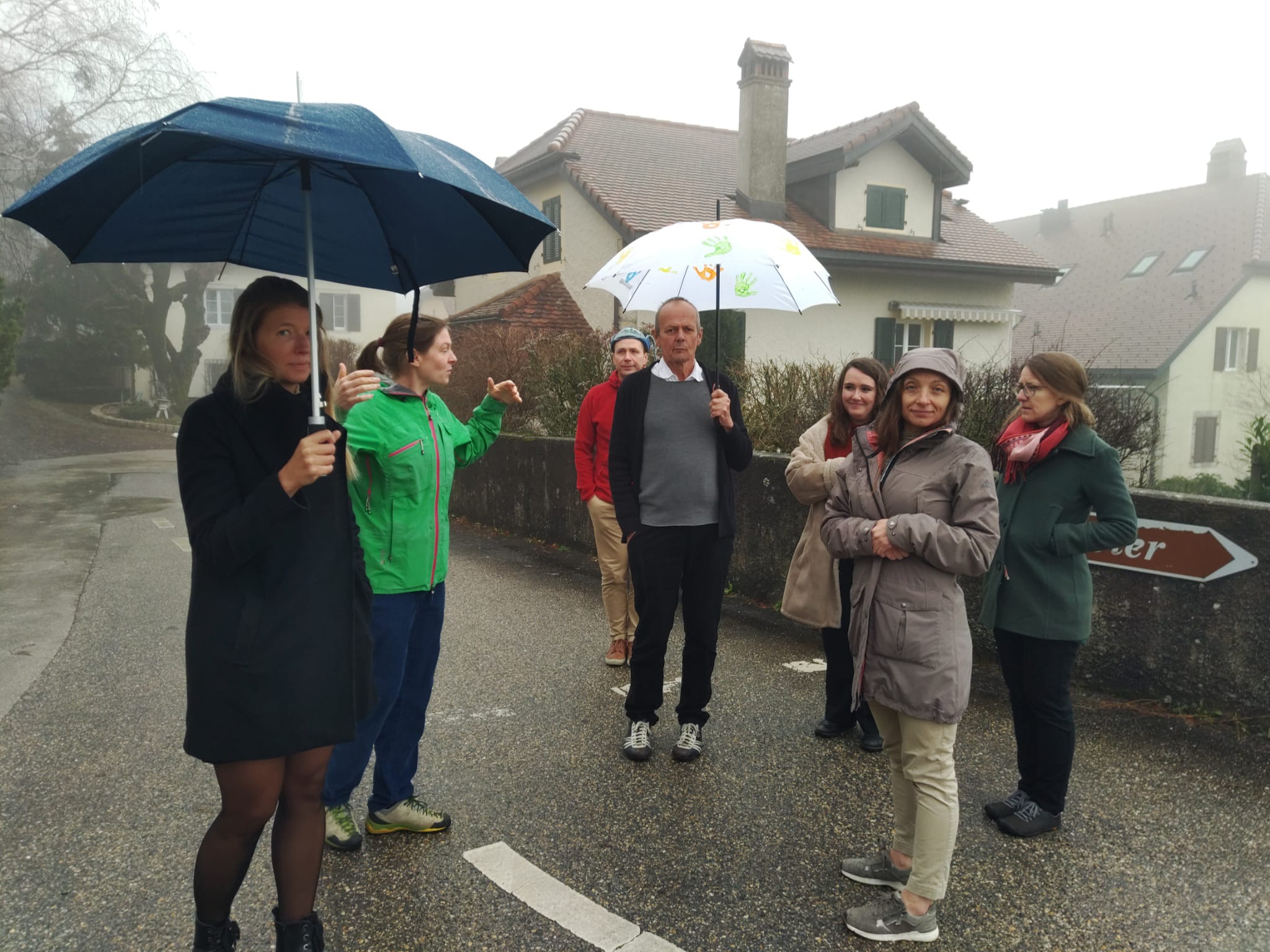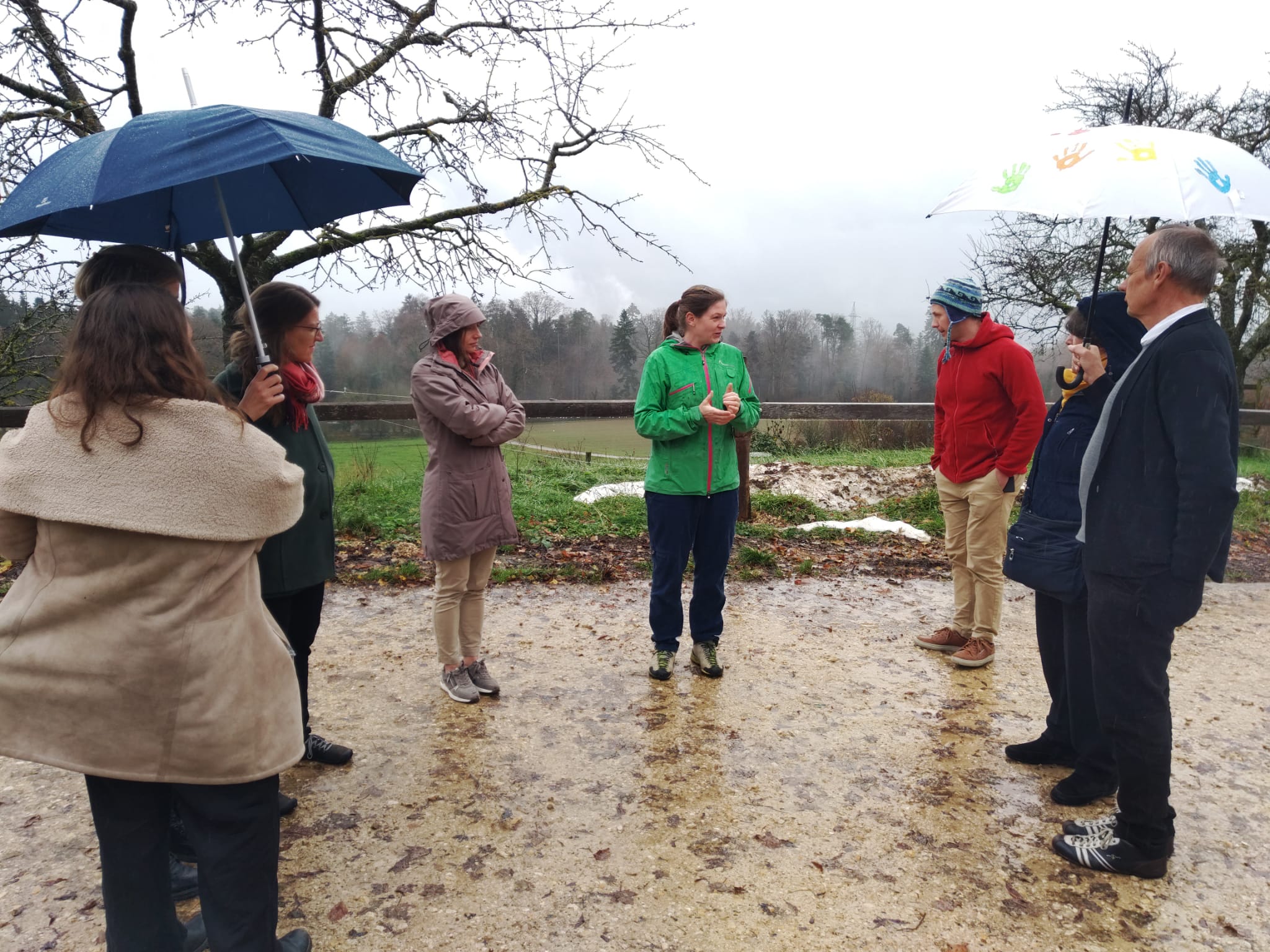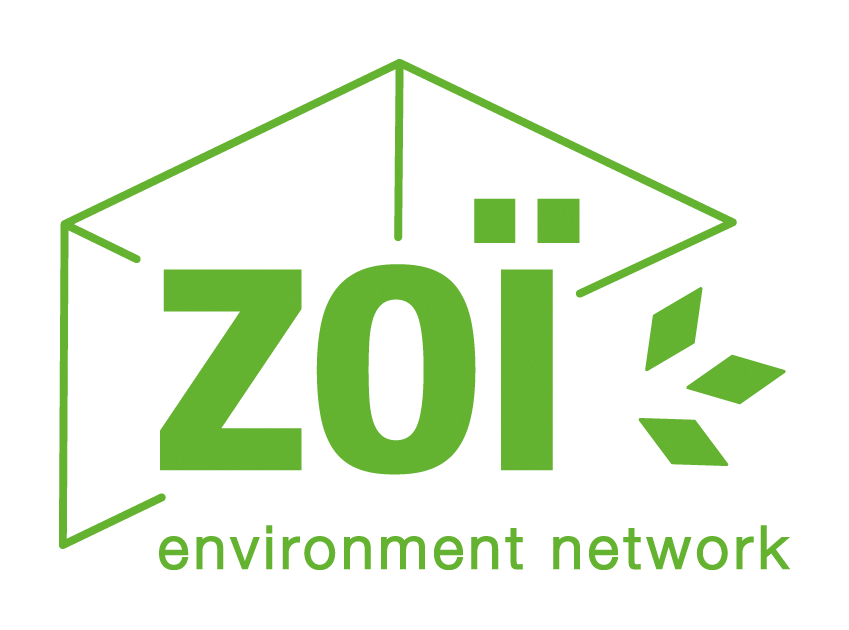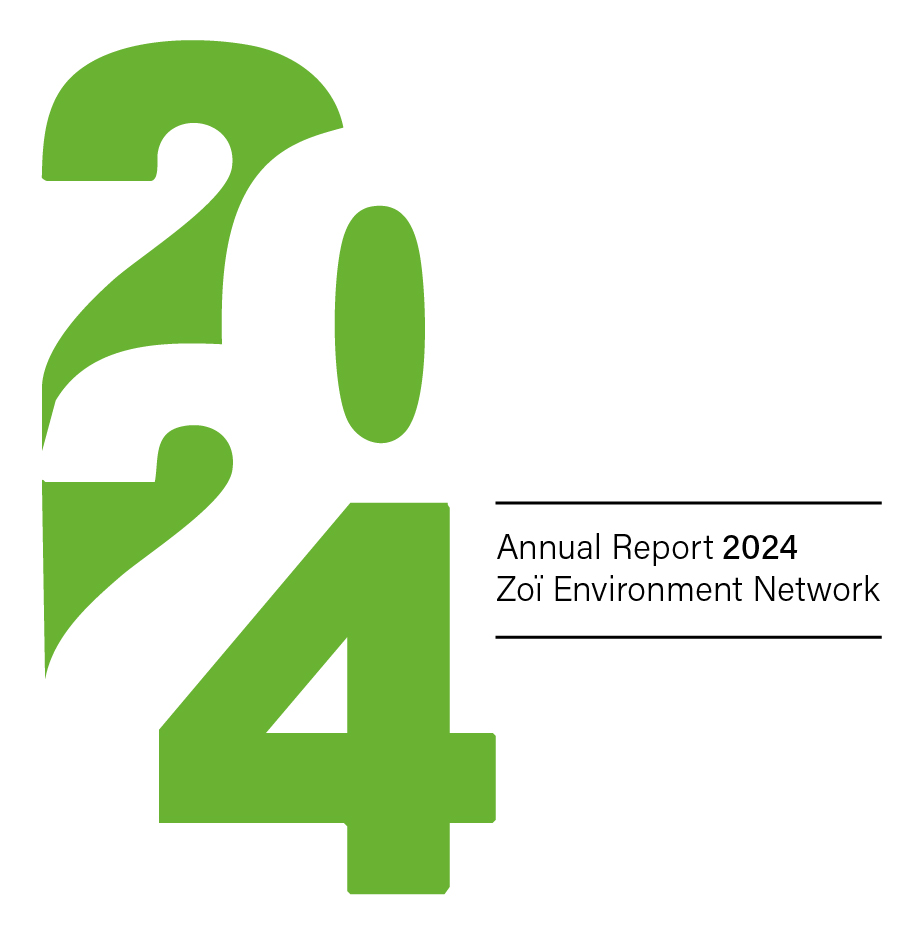Editorial
In Zoï’s livelong career in communication design in a UN environment we have encountered many clients, colleagues and friends suffering from what can be called ‘empty space phobia’, not permitting any blank space anywhere. As if the medium – also electronic – was something highly precious, ignoring that the audience’s need to relax may be invaluable, too.
Today’s state of the world actually leaves us speechless; one way to express this is through this blank page. Being Zoï, we nevertheless remain optimistic.
Financial statement
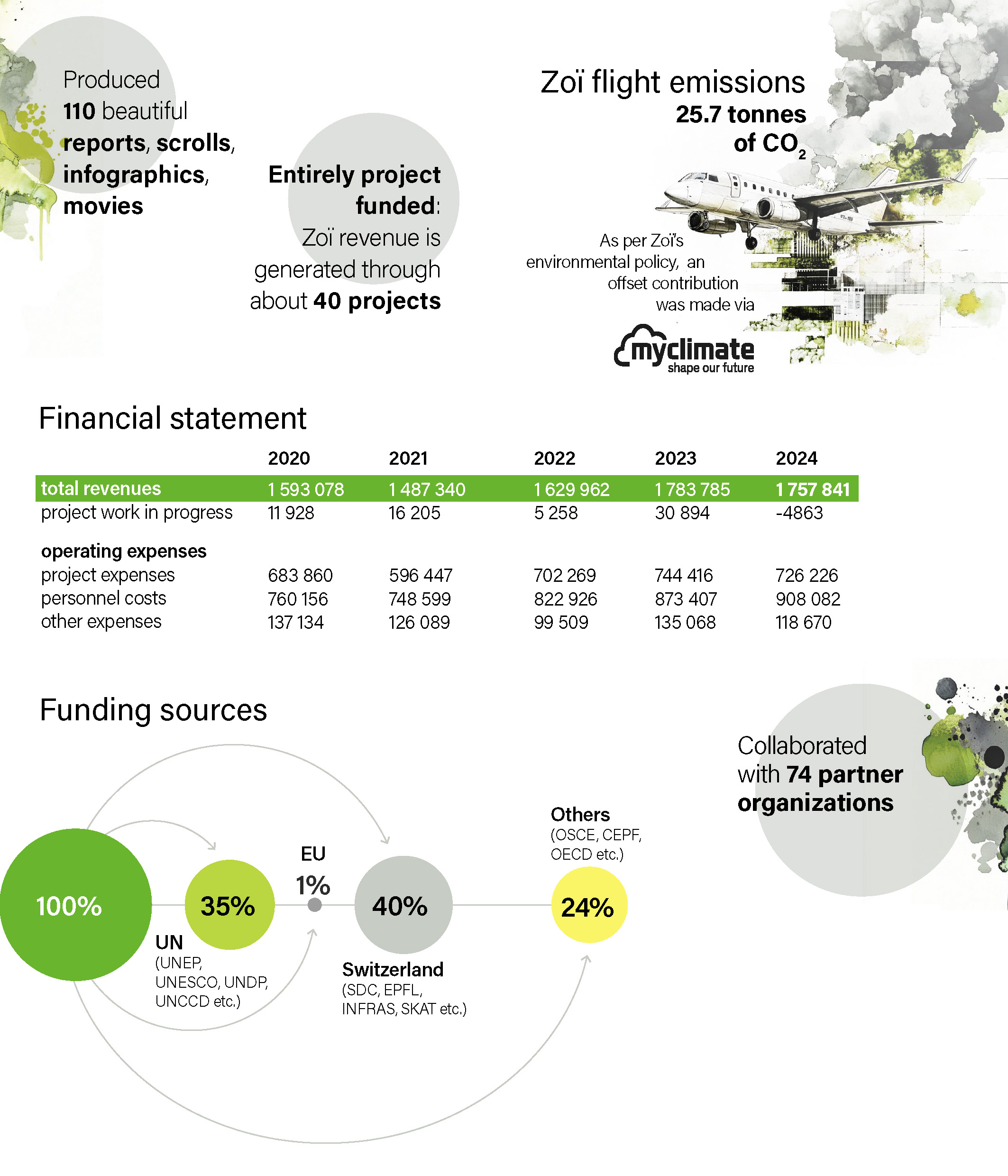
Glaciers:
The Visible Face of
Climate Change
Johanna Zwahlen
Recognizing the important role of glaciers, the United Nations has designated 2025 as the International Year of Glaciers' Preservation. Glaciers are the visible face of climate change, making them a powerful symbol for raising awareness, but snow and ice in all their forms are also relevant. They play vital roles in water availability and landscape stability and demand attention as well. While “preservation” suggests safeguarding glaciers in their current state – which, with ongoing climate change, is no longer possible – I think the goal should be to ensure the continuation of the essential services on which people and ecosystems depend.
In 2024, as part of Adaptation at Altitude, a collaborative Swiss programme focused on mountains, I continued to strengthen science-policy platforms and dialogue to enhance the resilience of mountain communities. In preparation for the International Year of Glacier Preservation, we focused on risk reduction of Glacier Lake Outburst Floods, and highlighted available solutions and recommendations from a global review of case studies in a communication campaign aimed at decision-makers. In 2025, I expect to continue this work with my colleagues at Zoï and Adaptation at Altitude, and to place greater emphasis on climate change adaptation related to the cryosphere as a whole.
https://zoinet.org/product/glof-brochure/
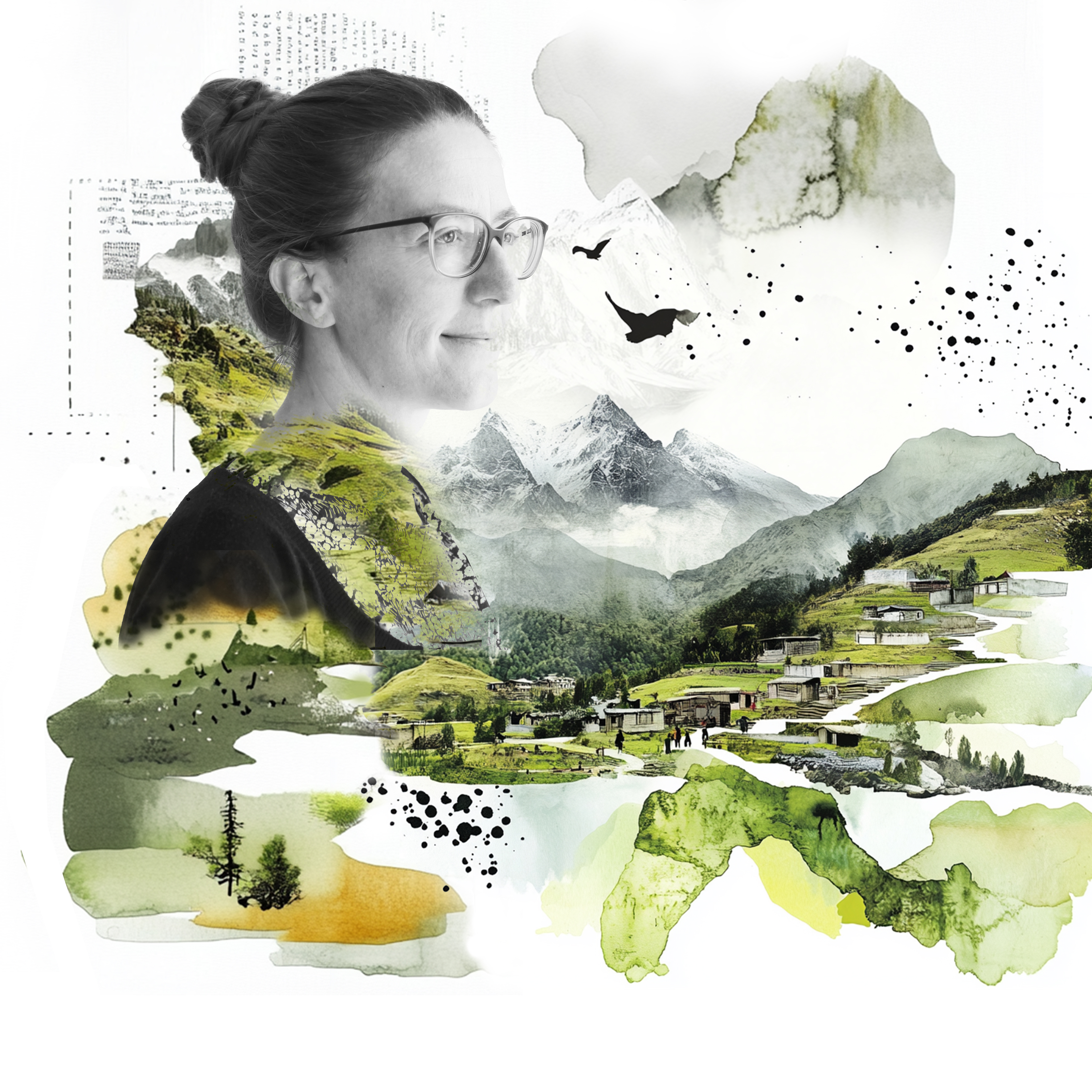
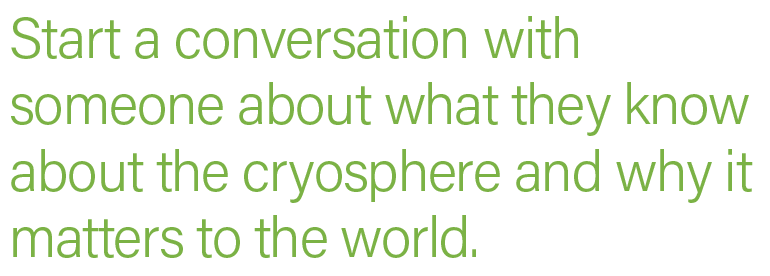
Zoï Maps
In 2009, Zoï started working with Matthias Beilstein, a young Swiss cartographer and probably among the last to still learn the craft of manual map making at Swisstopo – the Swiss national mapping agency. Since then, Matt has turned to digital tools, but precise Swiss handicraft remains at the centre of his work. Whether mapping global environment and security issues, the world’s mountains, Central Asia water cooperation or the environmental impacts of the war in Ukraine, his map shave defined a recognizable Zoï style.
This year, Zoï decided to acknowledge Matt’s contributions by featuring his work to tell the complicated story of climate change, water and energy in the Middle East in five maps. As the foreword to this high-quality printed book notes, the target audience includes “map lovers, aficionados, and all sorts of experts, scholars, politicians, dictators, autodidacts, artists, traders, students, cranks, and what not, or anyone really, who is simply interested in geography or geopolitics.” Thanks to a bookbinding innovation– the so-called flatbook technique – nothing of the beautiful maps is lost in the fold. The minimal explanatory text invites readers to dive into the maps to discover things for themselves, and maybe even dream about the possible futures for the region and for our planet.
https://zoinet.org/product/middle-east-nexus-maps/
Otto Simonett & Matthias Beilstein
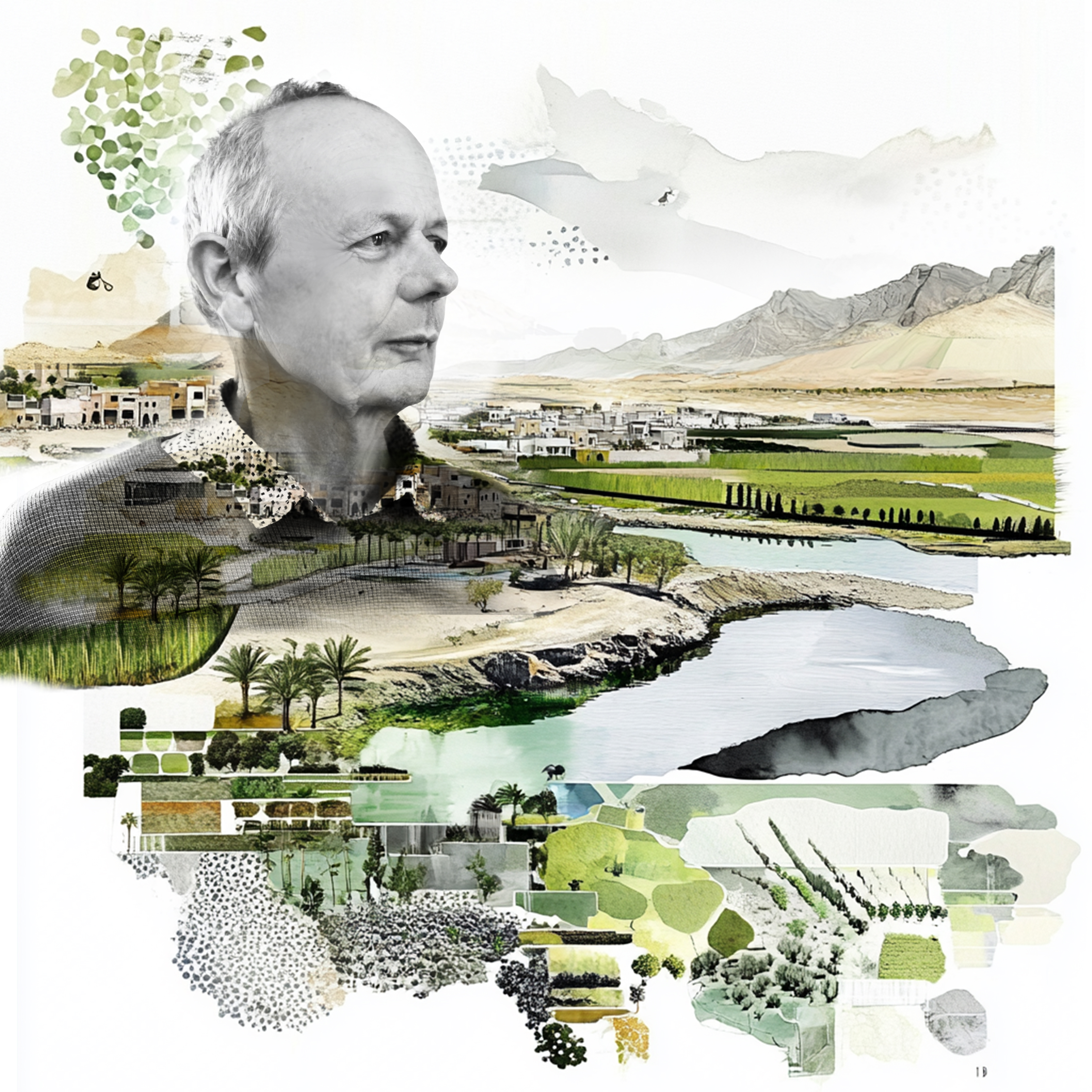
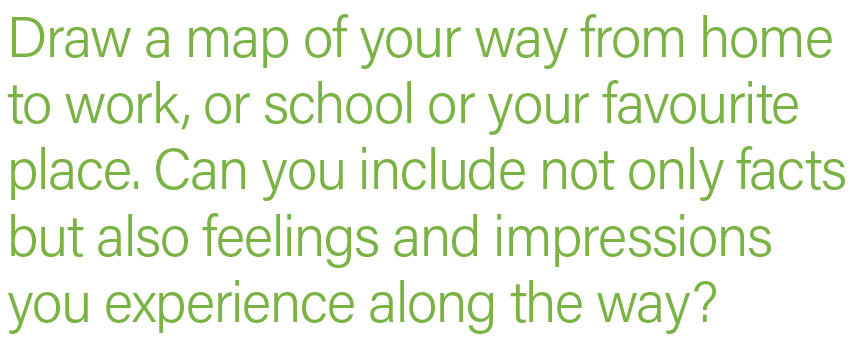
Return to
the Caucasus
The project will bring the country Swiss climate research, hands-on experience in forest management and in adaptation to climate change, and support for Armenia’s climate policy actors. The Zoï team will play its particular role by bringing climate data, scenarios and other useful knowledge to practitioners, economic sectors and communities. As a member of the team, I look forward to my return to the Caucasus after a four-year absence.
This work is one of many responses to the urgency of the climate crisis, discussed again last year for the first time in the South Caucasus, in Azerbaijan, at the 29th Conference of the Parties to the UN Framework Convention on Climate Change. Despite criticism on political and human rights grounds, the Baku COP 29 reached agreement among UN members. In November 2026, Yerevan, Armenia, will host the 17th Conference of the Parties to the Convention on Biological Diversity. After having been at the climate COP in Baku, we will surely be at the biodiversity COP in Yerevan. After all, international diplomacy remains an essential if weak tool of multilateralism.
https://www.wsl.ch/en/projects/foracca/
Nickolai Denisov
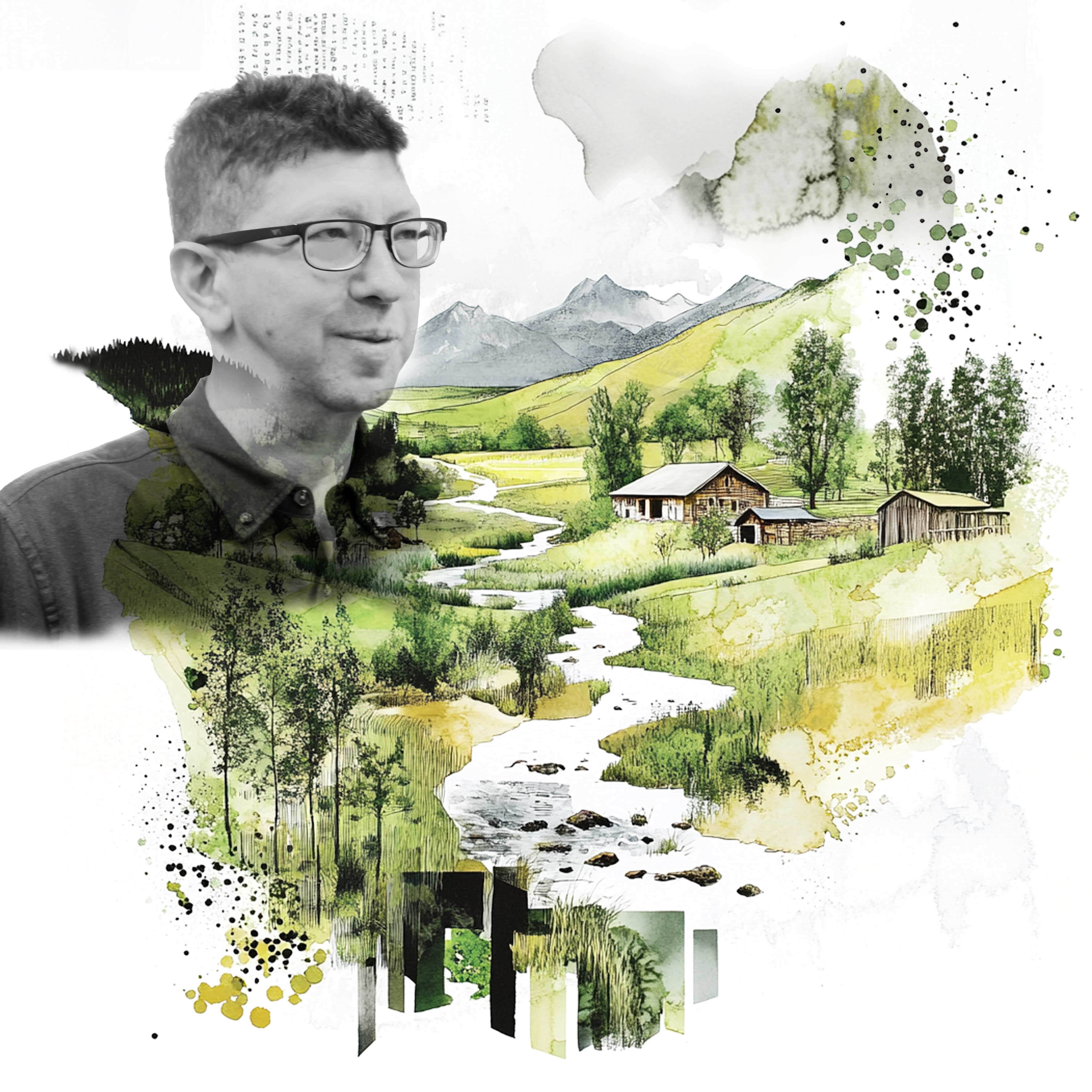

Nature Conservation
in Central Asia
Zoï works in Central Asia to support the contribution and visibility of civil society and public organizations in conservation, to introduce novel concepts, and to provide visual and analytical input on risks and solutions. Together with Conservation International and the Critical Ecosystem Partnership Fund, I led the 2016–2017 Ecosystem Profile project, which introduced the concept of Key Biodiversity Areas and resulted in USD 8 million grant programme and other funding. The Ecosystem Profile is currently being updated in consultation with more than 100 partners. I also enjoy regular, albeit small, engagements with the OSCE and OECD teams, to promote awareness and action at the local and policy level, and to demonstrate the vast diversity of actors and opportunities for conservation.
You might ask: Do the plants and animals notice a difference from conservation efforts? In my opinion, yes, they do. We can measure the progress by the status of species on the Red List or the extent of forests and protected areas. We canal so use other metrics to understand how many people and civil society groups are aware of species and conservation needs, and to know how many companies respect the safeguards.
https://zoinet.org/product/osce-biodiv/
Viktor Novikov
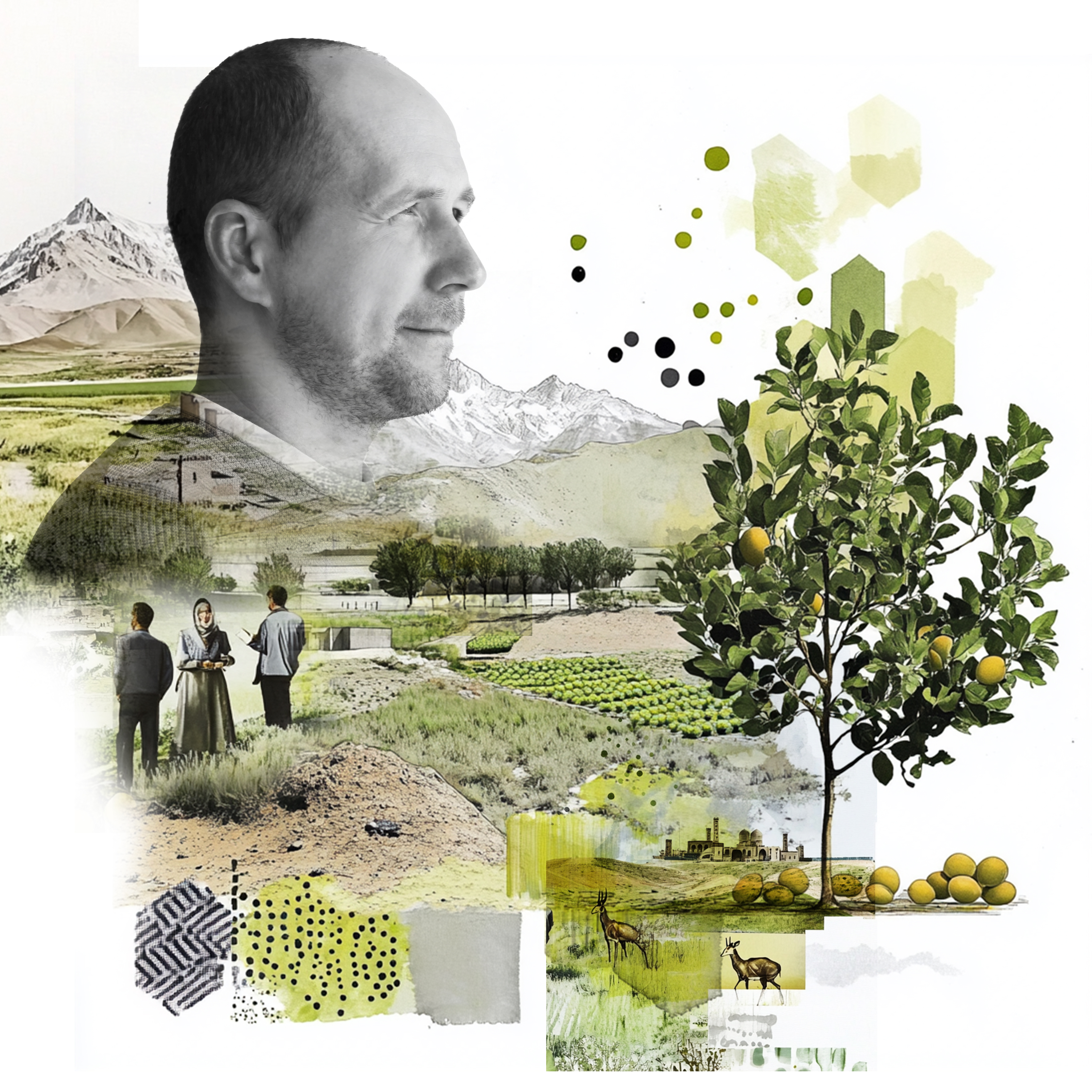
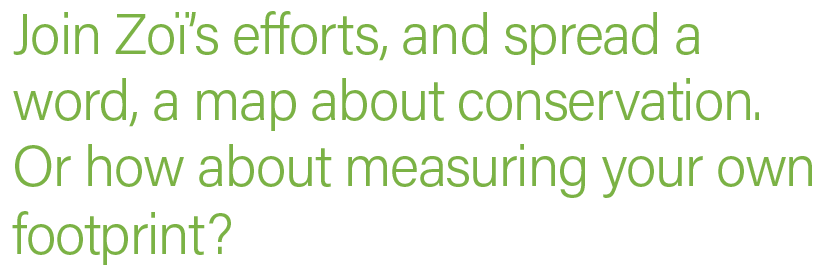
Towards a sustainable
future of fashion and construction
In collaboration with the UN Convention to Combat Desertification, Zoï produced a report revealing the environmental impact of the fashion industry on land.Fibre and textile production affects soils, forests, and biodiversity. The massive diversion of water for cotton cultivation in the 1960s, to name a stunning example, reduced the amount of water in the Aral Sea by 90 per cent, an environmental catastrophe for the local population. Textile waste presents another environmental challenge. In Chile, about 70 per cent of imported second-hand clothing ends up in landfills or illegal dumps, and the Atacama Desert has become the dumping ground for tens of thousands of tonnes of textile waste. The report was launched at the desertification COP 16 in Saudi Arabia, and the report’s images, infographics and text drew considerable attention among the participants.
A large portion of greenhouse gas emissions in the construction industry comes from material production, with cement production alone accounting for 8 per cent of global emissions. In response, the Swiss Federal Technology Institute developed LC3 cement – an alternative that reduces emissions in cement production by up to 40 per cent. In collaboration with the LC3 project team, Zoï mounted an exhibition at the Mextropoli festival of architecture in Mexico City. The exhibition raised awareness among architects and urban planners about the adoption of materials that minimize the environmental impact of production.
https://zoinet.org/product/unccd-fashion-land/
https://zoinet.org/product/mexico-cement-exhibition/
Carolyne Daniel
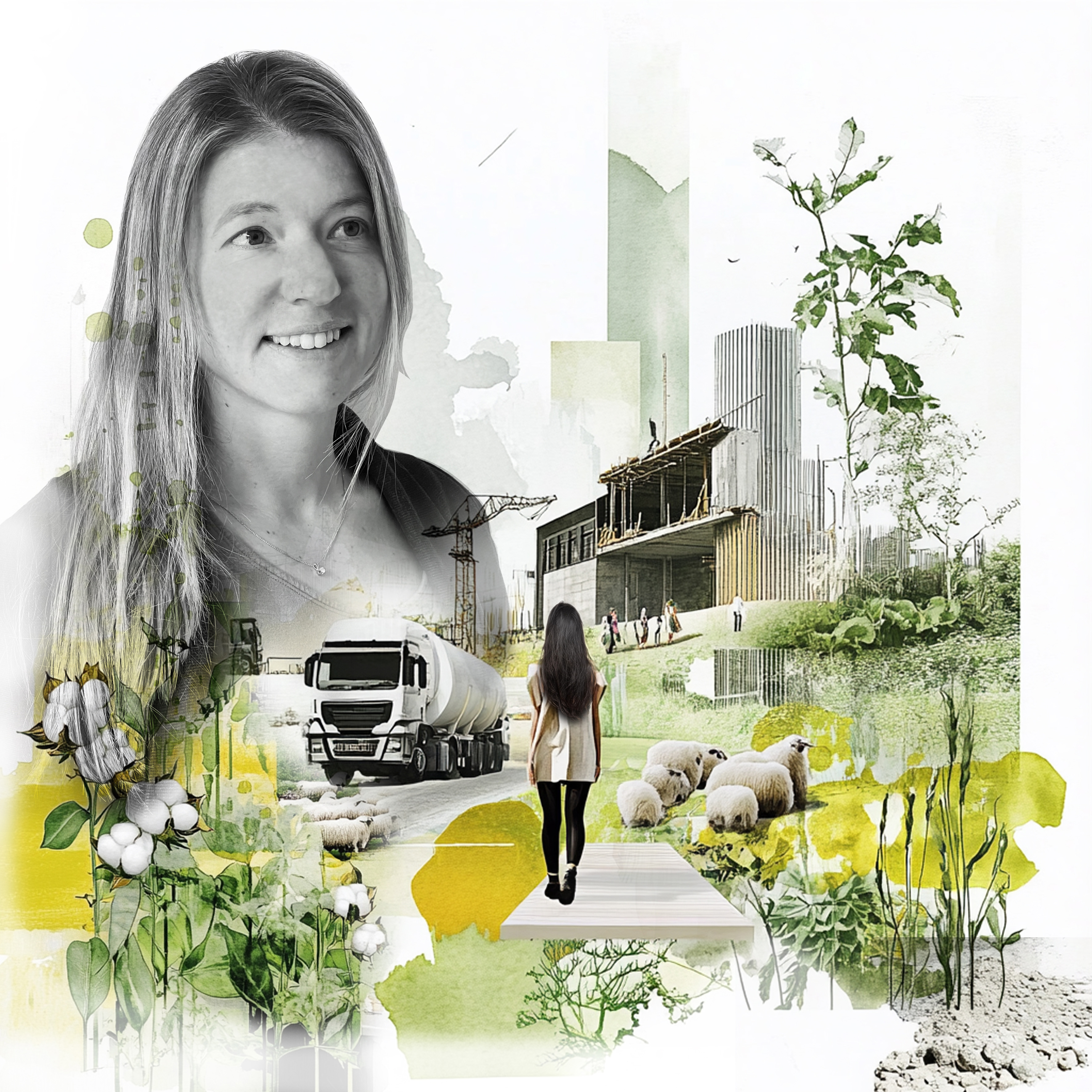
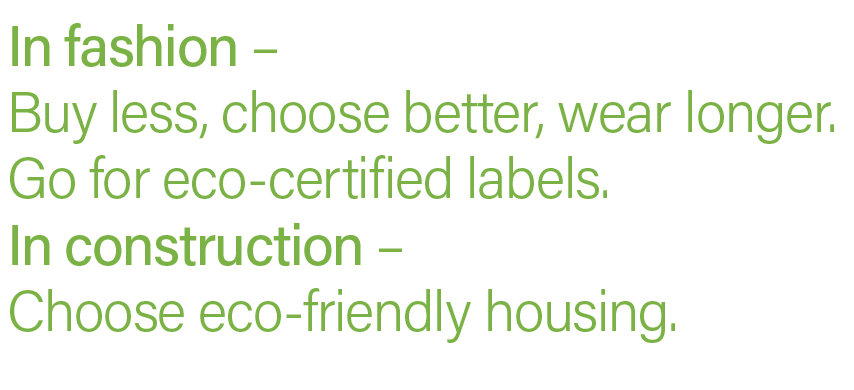
Waste and Chemicals
in Palestine
That the war in the Gaza Strip has presented much greater challenges for implementing the project was no surprise, but the lesson I learned in resilience was. Zoï has seen a fair few projects screech to a halt in times of war, but we were surprised and impressed by the eagerness of the Palestinian team in the West Bank to continue the work despite the uncertainties. “We’re used to war,” one of our Palestinian partners explained. “It’s always been apart of our lives.” For them, the work of protecting their ecosystems and reducing the threat to their people’s health had to continue. It’s their job.
And so, the work continued. We drafted plans for new institutional structures that better reflect the need to monitor waste systems and regulate chemicals, with the caveat that we don’t know what the government will look like in a year’s time. Training sessions turned hybrid, with Zoï hosting Geneva experts to share their expertise on Zoom while the Environment Quality Authority hosteds take holders in Ramallah. In some ways, the Covid-19 crisis prepared the Zoï team to make the changes needed to finish the work. But the resilience and enthusiasm of the Palestinian people is what kept the project rolling despite all odds.
https://zoinet.org/product/palestine-chem-waste/
Alex Mackey
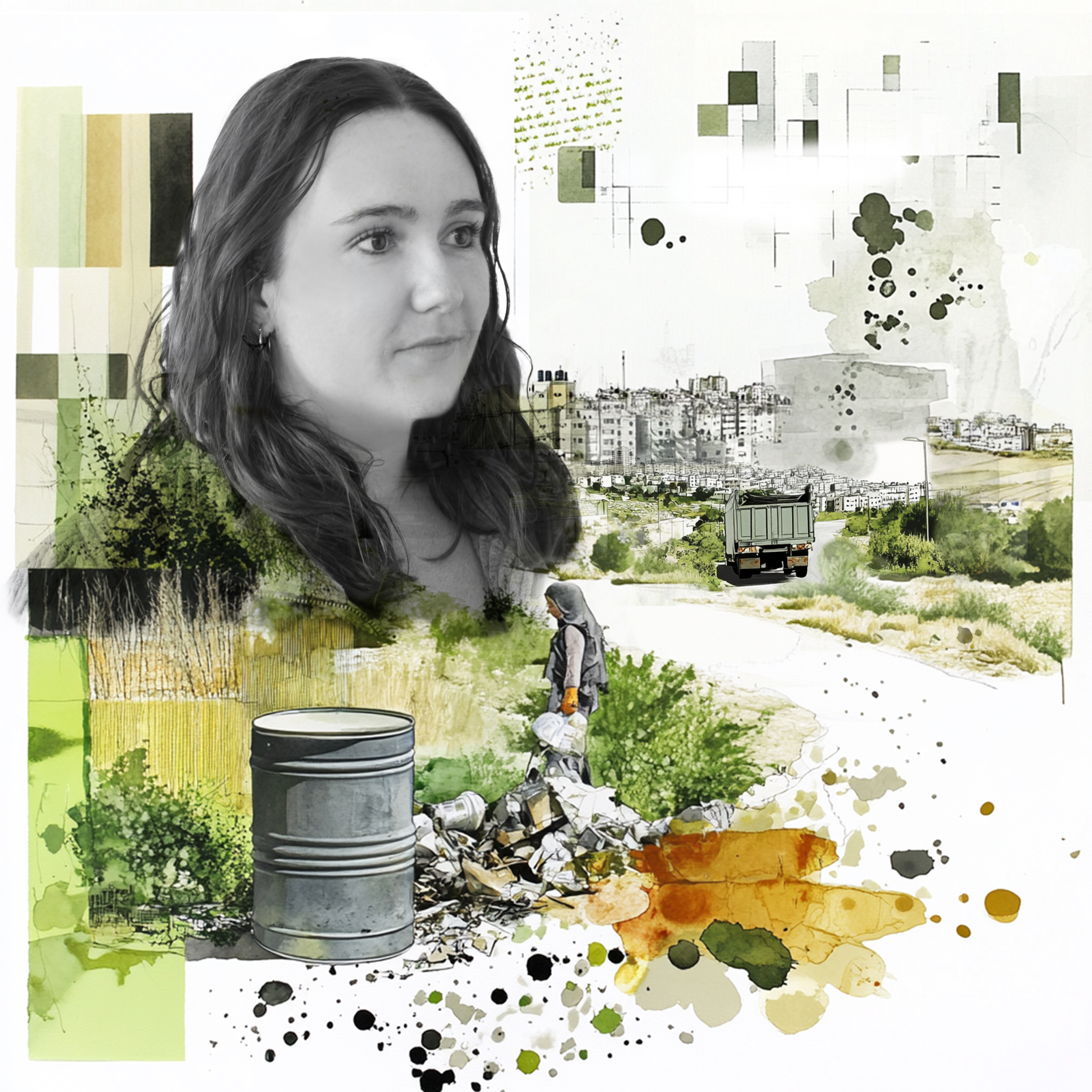

People
Alex Mackey – Project management and analysis – Geneva
Alexandra Povarich – Graphic design, climate and biodiversity – Taskhent
Camila Ponte – Content creation and social media management – Geneva
Carolyne Daniel – Print and digital design, artistic direction – Geneva
Defne Salli – Analysis and communication internship – Geneva
Dina Adylova – Graphic design – Tashkent
Dmytro Averin – War impact analysis and data management – Irpin
Firuza Illarionova – Field and policy support Central Asia – Nicosia, Dushanbe
Geoff Hughes – Policy analysis, writing and editing – Port Townsend
Johanna.Zwahlen – Project management and analysis – Geneva
Karma Denisov – Webmaster and social media – Himalayas
Lesya Nikolayeva – Project management and communication greater Europe – Geneva
Lilia Wong – OSINT monitoring and analysis – Northampton
Maria Libert – Illustrations and graphic design – Stockholm
Maria Ziaja – Intern – Krakow
Marianne Gémin – Finance and administration – Geneva
Matthias Beilstein – Cartography – Schaffhausen
Nickolai Denisov, Deputy director – Environment and conflict – Geneva
Otto Simonett, Director – Creative thinking and leadership – Geneva
Rebecca Jiménez – Project management and communication – Geneva
Viktor Novikov – Project development and management Central Asia – Geneva
Yevheniia Averina – OSINT monitoring and analysis – Irpin
Board members
Jörg Balsiger, President – Professor, Environmental Governance and Territorial Development, Université de Genève – Geneva
Yvan Rochat – Secrétaire général, Commune de Genthod – Geneva
Karen Landmark – Director, GRID-Arendal – Arendal
Associates
Aigerim Abdyzhaparova – BRI, climate, ecosystems – Moscow
Aleh Cherp – Sustainability and energy – Lund
Alex Kirby – Environmental journalism – Lewes
Alexandra Sternin – Graphic design – Konstanz
Amangul Ovezberdyyeva – Climate change and biodiversity – Ashgabat
Anvar Homidov – Climate change, environment and hydrology – Dushanbe
Carolyn Drake – Photographer – Vallejo
Dasha Mokhnacheva – Climate migration, disaster risk reduction – Incheon
Denis Sorokin – Water and communication – Tashkent
Doug Weir – Conflict and environment – Hebden Bridge
Ecaterina Melnicenco – Climate and DRR – Chisinau
Elena Kreuzberg – Ecosystems – Ottawa
Emmanuelle Bournay – Cartography and statistical analysis – Crest
Eoghan Darbyshire – Conflict and remote sensing – Hebden Bridge
Eric Nanchen – Sustainable mountain development – Sion
Florian Wüstholz – Journalism – Bern
Gamal Soronkulov – Local development – Chatkal
Hasan Abdel Fattah – Chemicals and waste – Nablus
Hermine Cooreman – Web development – Ghent
Hongqiao Liu – Environmental safeguards China – Paris
Irina Bekmirzaeva – Climate change – Almaty
Isacco Chiaf – Interactive design – Rome
Iskander Beglov – Water and communication – Tashkent
Jalil Abuduwaili – Geography and ecosystems – Urumqi
John Bennett – Environmental journalism – New York
John Cole-Baker – Mining – Trient
Joel Rabjins – Animations – Ghent
Julia Rende – Graphic design – Stockholm
Kanybek Isabaev – Environmental information – Osh
Katy Ayres – Legal analysis – Strathblane
Liesbeth Eeckman – Animations – Ghent
Lusine Taslakyan – Environmental information – Yerevan
Mamuka Gvilava – Environmental impact assessment – Tbilisi
Mamuka Khurtsidze – GIS entrepreneur – Tbilisi
Mazin Qumsiyeh – Biodiversity and sustainability – Bethlehem
Marina Denisova – Copy-editing – Lancy
Mikko Halonen – Environment and mining – Helsinki
Mila Teshaieva – Photography – Berlin
Mohammad Hassouna – Environmental engineer – Marseille
Mohammad Najajrah – Entomology – Bethlehem
Myriam Steinemann – Climate change – Zürich
Oleg Lystopad – Media and communication – Kyiv
Pavlo Bystrov – IT and data management – Kyiv
Oli Brown – Security and environment – Samoëns
Oxana Huliayeva – Water ecology and hydropower – Kyiv
Penny Langhammer – Key biodiversity areas – Portland
Peter Speelman – Legal analysis – Geneva
Rasul Ryskulov – Animations – Bishkek
Robert Bartram – Editing, writing – Geneva
Roman Kashkarov – Biodiversity – Tashkent
Ruslan Valitov – Cartoonist – Bishkek
Samual Gardaz – Red Sea corals – Geneva
Sergiy Zibtsev – Wildfire mapping and research – Kyiv
Sophie Thirion – Chemicals and waste – Geneva
Stefan Ruchti – Cryosphere – Laupen
Stefan Schwager – Climate finance – Gümligen
Stephen Graham – Copy-editing and storytelling – Berlin
Susanna de Panfilis – Physics – Geneva
Svein Tveitdal – Climate change activist – Froland
Talaibek Makeyev – Climate change and water – Bishkek
Tamar Bakuradze – Environmental information – Tbilisi
Tamara Mitrofanenko – Intergenerational learning – Vienna
Vafadar Ismaiyilov – Environmental information – Baku
Vahagn Tonoyan – Water management – Yerevan
Valentina Grigoryan – Climate services – Yerevan
Vicken Cheterian – Research and journalism – Geneva
Vera Mustafina – Waste management – Almaty
Yaroslav Tartykov – Graphic design – Bishkek
Yusup Kamalov – Local development – Nukus
Zurab Jincharadze – Caucasus environment – Tbilisi
Zoï partners
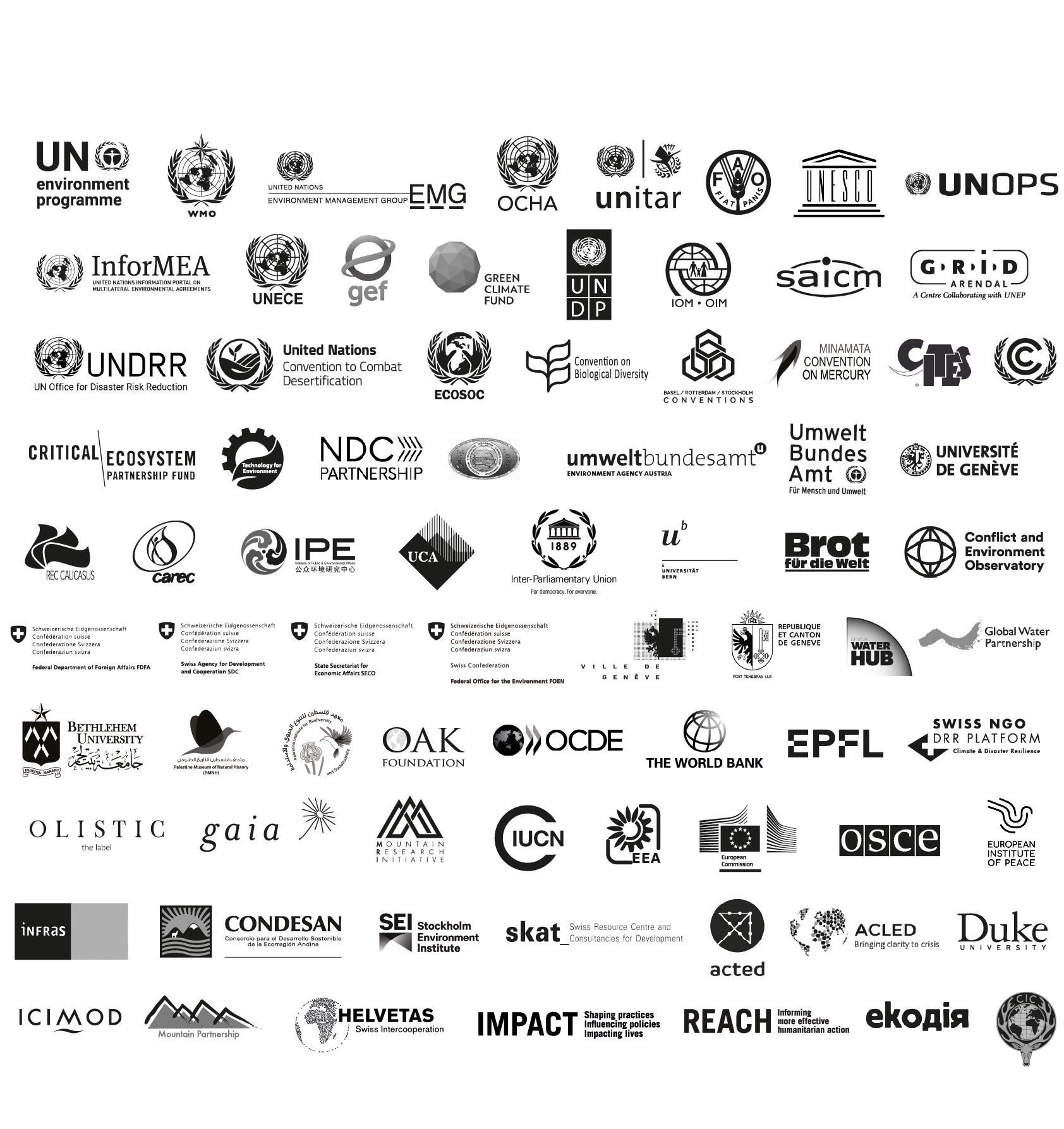
Memberships
Consultative status with the UN Economic and Social Council (ECOSOC) and accredited with the UN Framework Convention on Climate Change (UNFCCC), UN Environment Assembly (UNEA), UN Convention to Combat Desertification (UNCCD), UN Convention on Biological Diversity (CBD) and International Organization for Migration (IOM).
Member of the Swiss NGO DRR Platform, NDC Partnership, BRI International Green Development Coalition (BRIGC) and Associated Programme of Flood Management (APFM) of the World Meteorological Organization and the Global Water Partnership. We are also a partner of the Mediterranean Action Plan (MAP)—Barcelona Convention of the UN Environment Programme.
Zoï 2024
This year, our annual Zoï retreat took place at l'Aubier the 28 and 29 November 2024.
